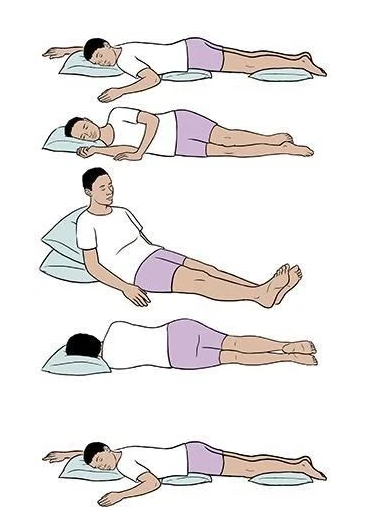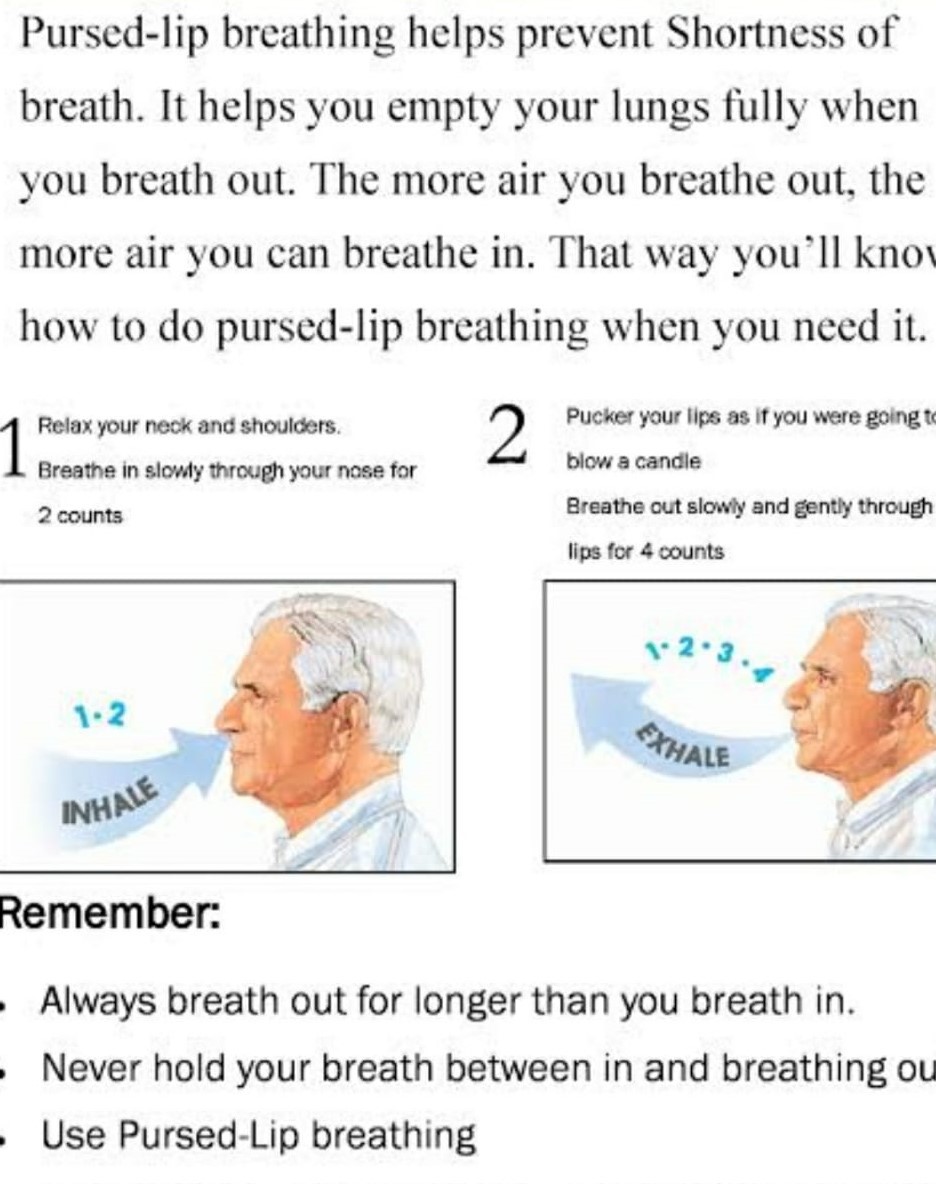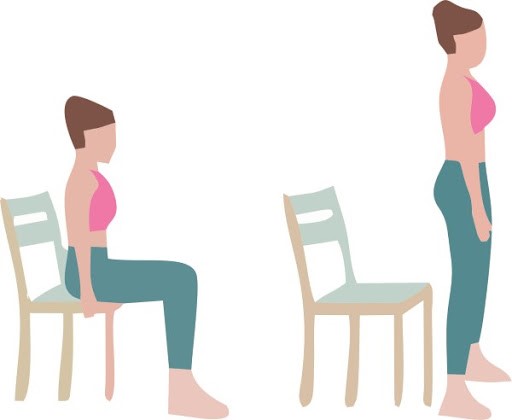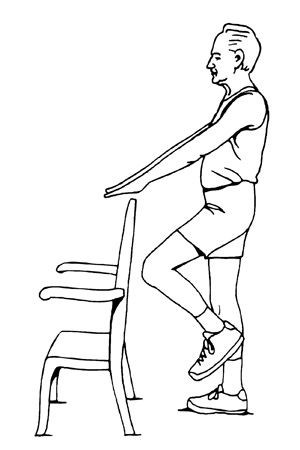Bouncing back from Covid-19 with Physiotherapy
As COVID-19 attacks the body and mind - our rehabilitation efforts aim to restore the whole person, helping you return to your previous quality of life.
Common impairments of COVID-19 include weakness, fatigue and shortness of breath with activity, and difficulty with walking and activities of daily living. These impairments affect mind in a negative way, anxiety and depression can affect health of the body.
Early intervention through exercise and activity aimed at treating the person will play an important role in the recovery process and can be started at home during self-isolation.
Role of Physiotherapy in Rehabilitation
- Improve lung function and oxygenation
- Decrease fatigue
- Improve work capacity
- Improve muscle strength
- Improve endurance
Positions to decrease breathlessness

Body positions for better breathing and oxygenation

- Self positioning for better ventilation of lungs.
- Position 1: lying on belly
- Position 2: lying on left side
- Position 3: Half lying
- Position 4: lying on right side
- Position 5: lying on belly
- Each position to be maintained for minimum of 30mins - 2hrs and then sequence repeated
Breathing exercises
Benefits:
- Improves ventilation and gas exchange
- Improves strength, endurance and co-ordination of muscles of ventilation
- Maintains chest and thoracic mobility
- Corrects inefficient breathing pattern
- Promotes relaxation and relieve stress
- Abdominal breathing:
- Position: Sitting, Half lying initially later can be progressed to standing
- Place your hand on stomach
- During inhalation the hand rises while during exhalation it falls (imagine stomach as a balloon and you blowing air in and out of balloon)
- Shoulders and upper chest should be relaxed
- 10-15 reps every 2-3 hours in a day
- Pursed lip breathing
- Use of an assistive device like Incentive Spirometry:
- It is form of ventilatory training that emphasizes sustained maximum inspiration.
- Incentive Spirometry increases the volume of air inspired and has been advocated to prevent alveolar collapse.
- Place the patient in a comfortable position( semi reclining)
- Then have the patient place the spirometer in the mouth,maximally inhale through the spirometer and hold the inspiration for several seconds.
- 5-10 repetitions every 2-3 hours daily



General mobility(10-15 repetitions, 2-3 times per day)
- Ankle exercise
- Seated marching
- Knee extension
- Sit to stand
- Marching





Walking (10 minutes initially gradually progress to 20 minutes, 3-4 times/day)
General Instructions:
- Do not exercise immediately after meals
- If breathlessness decrease intensity
- Monitor Oxygen saturation regularly
- Do not over exert, if any discomfort please inform doctors
- Stay connected with friends/ family
- Energy management, Nutrition and Mental well being equally important
- Contact doctors, physiotherapist, nutritionist and follow up regularly